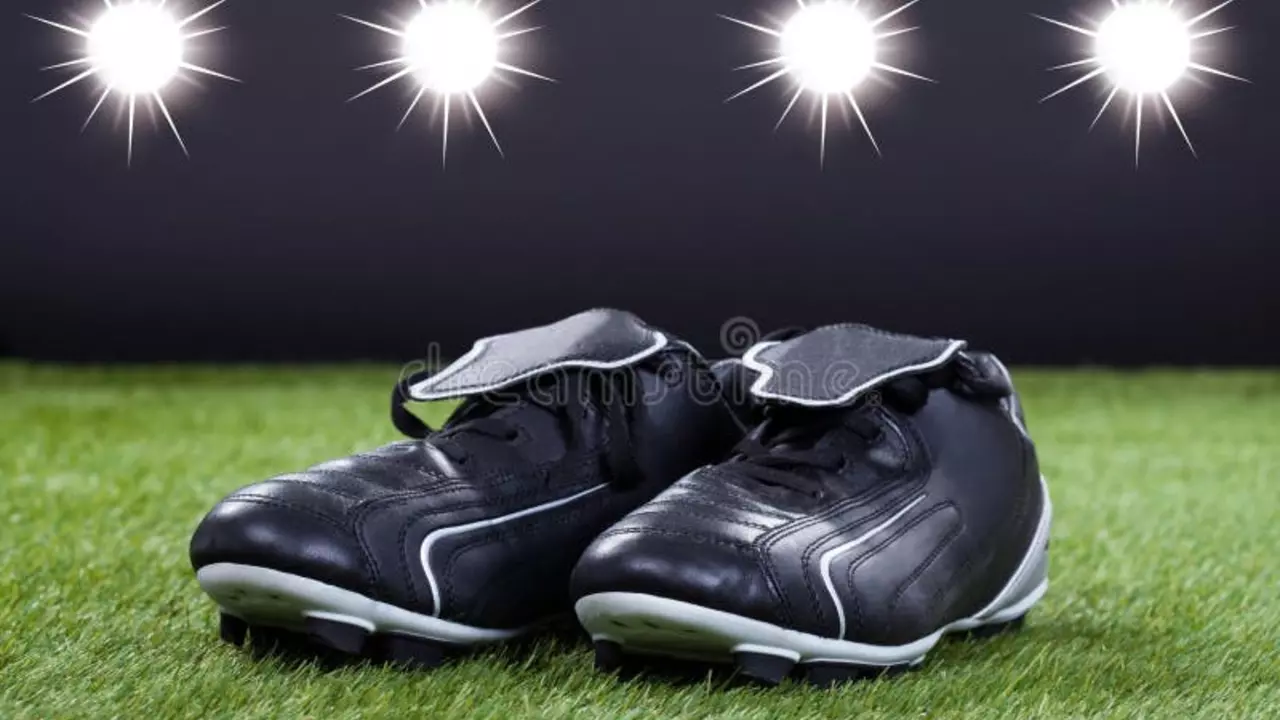Wear in UK Football – Everything About Kits, Gear and Fan Apparel
When talking about Wear, the clothing and equipment that players and supporters use on and off the pitch. Also known as apparel, it shapes the visual identity of clubs and the comfort of athletes.
The core of football kit, the shirt, shorts and socks that carry a club’s colors and sponsor logos is a direct extension of wear. A kit requires design, fabric technology and league approval. Because a kit requires sponsorship, clubs negotiate big deals that fund player wages.
Beyond the matchday uniform, sportswear, training tops, tracksuits and performance tights that athletes wear in practice keeps players ready for training and recovery. Sportswear often incorporates moisture‑wicking fibers and compression zones, which enhance stamina during intense drills.
When a club sells team merchandise, scarves, jerseys and casual wear that fans buy to show support, it closes the loop between wear and fan identity. Merchandise influences how supporters display loyalty in stadiums and on social media.
Why Wear Matters Across the Football Pyramid
Understanding the role of wear helps fans spot trends before they become headline news. From grassroots clubs using affordable kits to Premier League giants unveiling high‑tech gear, each level of the pyramid reflects different budget, technology and brand priorities. The better the wear, the more confidence players have, which often translates into better on‑field performance.
Club revenue depends on merchandise sales, so a well‑designed kit can boost income for lower‑league sides as much as for top‑flight teams. In turn, that money funds youth academies, stadium upgrades and even community outreach. This circular relationship shows that wear is not just fashion – it’s a financial engine.
Fans also drive innovation. When supporters demand sustainable fabrics or retro designs, clubs respond with eco‑friendly kits or throw‑back collections. Those choices ripple through the supply chain, pushing manufacturers to adopt greener processes, which ultimately benefits the whole sport.
From the moment a player laces up a pair of boots to the instant a fan waves a scarf in the stands, wear creates a shared visual language. It tells a story about a club’s heritage, its ambitions and its connection to the community. Below, you’ll find articles that explore kit history, training gear tech, merchandise marketing and more – all tied together by the simple idea of what we wear on the beautiful game.
In essence, your kid can wear soccer cleats for softball, but it's not the best idea. Soccer cleats are designed differently and lack the toe cleat that's common in softball cleats, which is crucial for quick starts or stops. While it won't necessarily harm them to wear soccer cleats, they might not provide the same level of performance or safety on the field. It's always best to get the appropriate gear for the particular sport to ensure safety and enhance performance.
